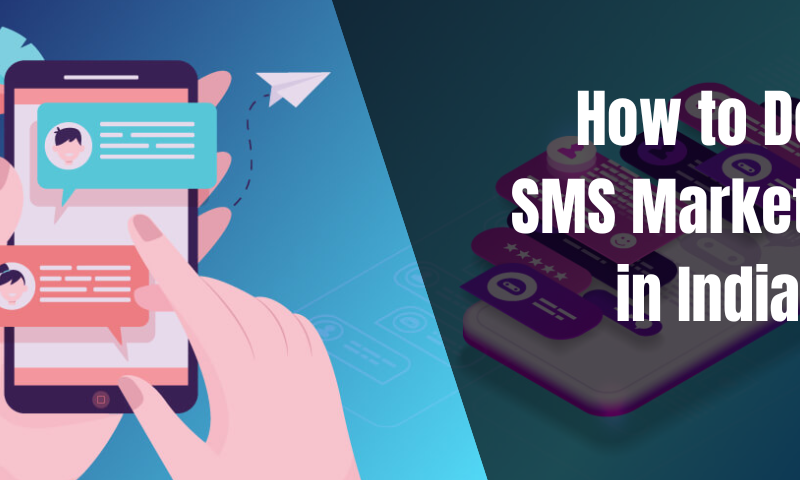
Ai Marketing Strategies
It is an established fact that AI is continuously advancing. The ability to use it to improve digital marketing strategies and provide valuable customer insights for companies has also increased exponentially.
With the ability to collect data, analyse it, apply it and then learn from it, AI is transforming digital strategies. As it continues to advance, so will the ability to use it to improve digital marketing strategies and provide valuable customer insights for companies.
Machines have been beating humans at their own games for more than 20 years. Today, computers are playing the stock market via quantitative trading, in which investment decisions are based on complex mathematical formulas rather than traditional trading methods that inject human emotion into the equation. Without question, robots are taking part in more conversations and doing more to power our world than ever. Hence, it is wise to say that AI is here to stay and it is only a matter of time before it takes over the traditional marketing outlook that used to be successful once.
In a fast-growing market, merely knowing about AI components is not enough. One must develop a plan to inculcate those components into marketing strategies. With a deeper understanding, marketers can build up a framework of strategy that will help upsurge in sales figures. Let’s look at a few ways of putting AI to better use:
*Establish Goals: As with any marketing program, it is important that clear goals and marketing analytics are established from the beginning. Marketers need to start by identifying areas within campaigns or operations that AI could stand to improve, such as segmentation. Then establish clear KPIs that will help illuminate how successful the AI-augmented campaign has been. This is especially important for qualitative goals such as “improving customer experience.”
*Data Privacy Standards: At the start of your AI program, it is imperative that the AI platform will not cross the line of acceptable data use in the name of personalization. Marketers must be sure that proper privacy standards are established and programmed into platforms so as to maintain compliance and consumer trust.
*Data Quantity and Sources: In order to get started with AI marketing, marketers need to have a vast amount of data at their disposal. This is what will train the AI tool in customer preferences, external trends, and other factors that will impact the success of AI-enabled campaigns. This data can be taken from the organization’s own CRM, marketing campaigns, and website data. Additionally, marketers may supplement this with second and third-party data. This can include location data, weather data, and other external factors that may contribute to a purchasing decision.
*Acquire Data Science Talent: A big obstacle that most marketing teams face is the lack of employees with the necessary data science and AI expertise. This makes it difficult to work with vast amounts of data and deliver insights. To get programs off the ground, organizations should work with third-party organizations that can assist in the collection and analysis of data to train AI programs and facilitate ongoing maintenance.
*Maintain Data Quality: As machine learning programs consume more data, the program will learn how to make accurate, effective decisions. However, if the data is not standardized and free of errors, the insights will not be useful and can actually cause AI programs to make decisions that hinder marketing programs. Prior to implementing AI marketing, marketing teams must coordinate with data management teams and other lines of business to establish processes for data cleansing and data maintenance. When doing so, consider the seven essential data dimensions such as timeliness, completeness, consistency, relevance, transparency, accuracy, and representativeness.
*Selecting an AI Platform: Selecting the right platform or platforms is a crucial step in getting an AI marketing program off the ground. Marketers should be astute in identifying the gaps that the platform is trying to fill and select solutions based on capabilities. This will revolve around the goal marketers are trying to achieve. Moreover, marketers must consider when selecting a tool is the level of visibility needed. Depending on the algorithm in use, marketing teams may get a clear report on why a certain decision was made and which data influenced the decision, while algorithms working on a more advanced level with deep learning may not be able to give as definitive reasoning.



